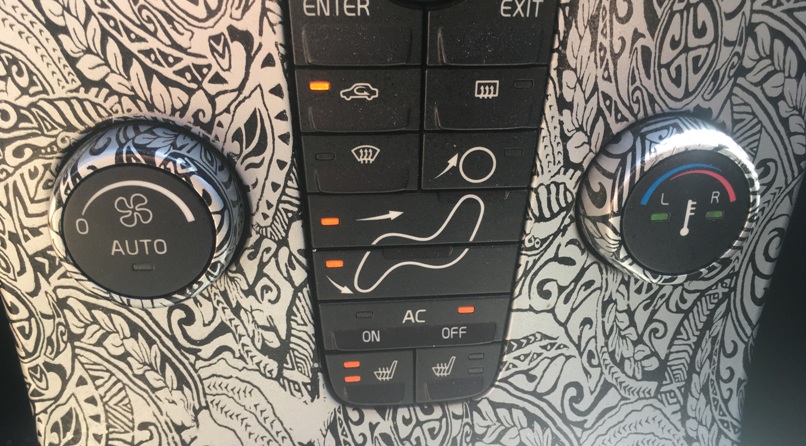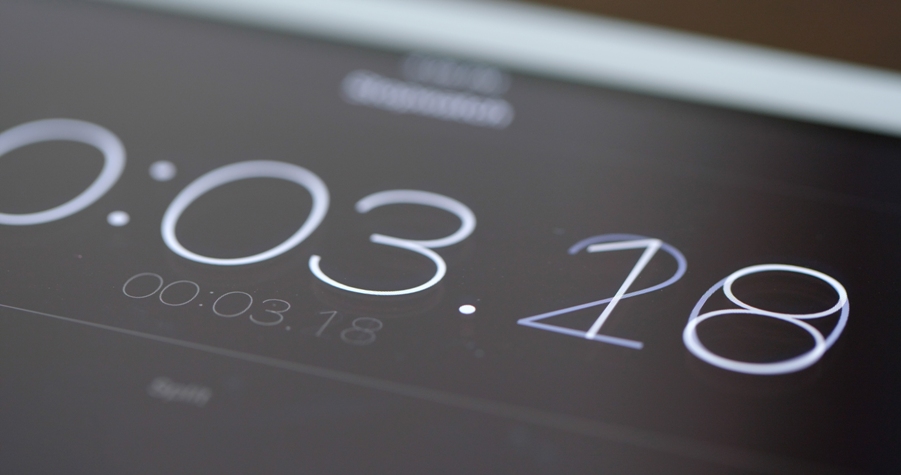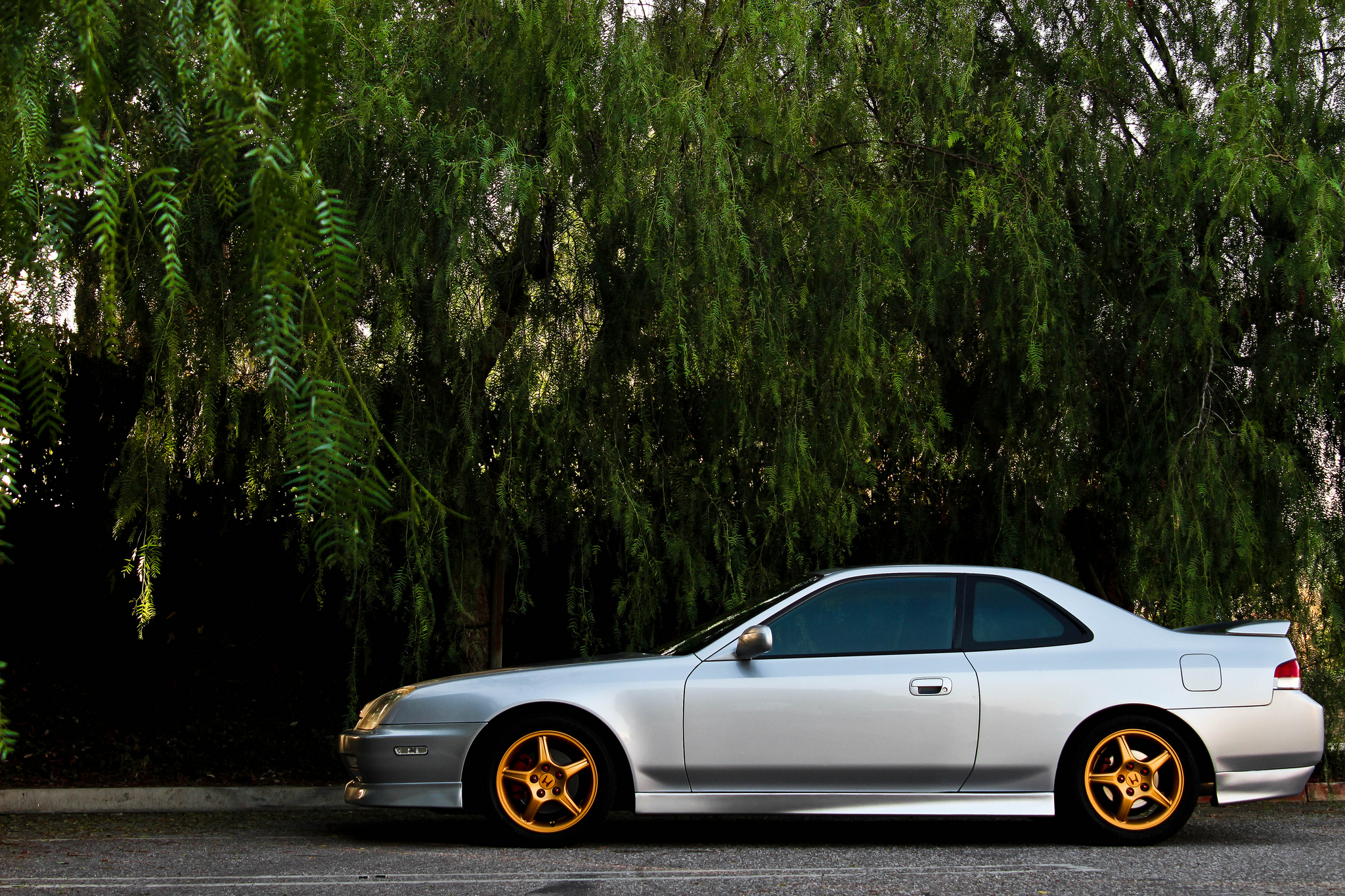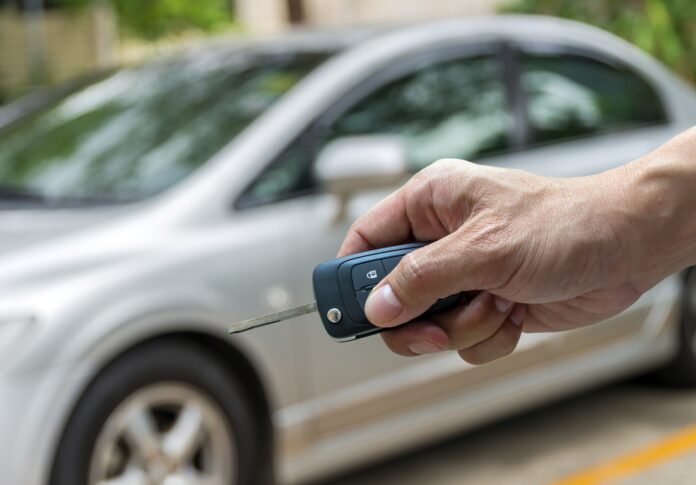When you head out to work on a cold, snowy morning, you might be wondering why you didn’t opt for that remote start system. Or, maybe you’re driving a seasoned import, of which the likes of a remote start were unheard of during its manufacturing. The good news is, upgrading with an aftermarket remote start kit isn’t difficult… but do you want spend the time and money to add this little bit of tech to your car? Here, we are going to look at the pros, and cons of remote start kits, to help you decide if it is right for you and your build.
The Pros of Adding a Remote Start Kit to Your Build
While some of the advantages of remote start are obvious, there are a few you might not have thought about. Let’s take a look and everything your build is missing out on by not having a remote start kit installed.
Comfort in All Seasons – There’s no question that remote start provides another level of comfort to your build. Whether there is snow on the ground or it’s a blazing summer day, these systems allow you to control the temperature of the cabin before stepping inside. Here in Socal, winters will hit 30 degrees in the morning, I’m not complaining east coast cats, just saying. But it is nice to fire my rig up and let the heater get a chance to warm up the cabin. Further, if I leave my seat warmers on when I turn the car off, they will be on when I remote start. For the summer, same but different. I can leave my AC on full blast, and when I get in, we’ve beaten the heat back a little.

Security – Without a remote start system, you have started your car with the keys and left it running while it warms up. However, this isn’t the safest option. If someone noticed your car running with no one in it, they can easily drive away with your pride and joy. Have you guys seen the Coverage.com article “Most stolen cars in America”? Imports make 6/10 on that list. You might think, well not in my driveway…but you’re wrong. Car thefts happen at residences all the time, and that’s when the car isn’t on.
With a remote start kit, you can run the vehicle while it remains locked. Further, most remote start kits have built in security features. For example, on mine, if you step on the brake pedal (the first thing you do to get out of park) the car will die unless the key is in it. Sometimes when I hit the 711 for some tall boys, I’ll leave my windows down, radio medium and car running, just to see if someone thinks they want to try.
Further, some remote start kits will put a timer on how long the car will run without the key going into start position. So on mine, the car will run 7 minutes, and if I haven’t gotten in and plugged the key in, it will simply turn off. This will actually save gas, and reduce emissions, which you will see below in the “Cons” section.
Further, no need for a turbo timer here. If I ran it hard, when I get out, I simply remote start and leave. The car will turn off in 7 minutes, giving the turbo time to cool back down.

Convenience – How many times do you head out to your vehicle with your hands full and you need to fumble with the car keys to get in? Not only can you start the car with a push of a button, many newer systems also allow you to unlock the doors. It is a cross between an alarm and a remote start and keyless entry.
This doesn’t just save you when you are running through a downpour to get into the car, but it’s also helpful if you are in a dark parking lot and don’t want to mess around trying to unlock your doors.
If you’re looking for a system like that, you should be able to find one that has all these features bundles together. See tons on them on Amazon here.
Higher Resale Value – By installing a remote start on your whip, you effectively increase the value of your vehicle. If you plan to sell the car privately, it’s a feature you will want to highlight, but dealers will also see the value.
Plus, many start kits also come with other features that are highly coveted. Look for a system that allows you to lock or unlock the doors with a smartphone or sends an alert when the security alarm is activated. With some of the advanced smartphone apps, you can also track your vehicle in a parking lot, so you never forget where you parked again.

While all of these features are going to cost you more, they increase your comfort, convenience and security, while also increasing the resale value exponentially. Technology is crazy when it comes to cars these days, and if you can think it, someone has probably already developed it.
Sounds Great… Wait, Lets Look at Remote Start Cons
At this point, you are probably ready to jump in and buy your remote start. Sure, there are a ton of advantages to the technology but don’t act too fast. You must also evaluate the disadvantages of the remote starters.
Cost – The price is one of the leading factors that stops people from installing an aftermarket remote starting system. First, you have to pay for the equipment itself. Depending on how sophisticated it is, you could be looking at a good chunk of change. When purchasing, you won’t want to go with the cheapest, or a “no-name” brand. This system will be tied into your ignition, and the last thing you need in problems with your car starting.
If you can’t install it yourself, you will also have to pay the labor to have it professionally connected. For most people, this is the only option because you don’t want to mess with automotive wiring unless you know what you are doing. We tackle a lot of DIYs in our shop, including stereos, backup cams, interior lighting, but a remote start or alarm is not one we yet feel comfortable tackling.

If you’re looking for the system and installation, a local audio shop can help. We would suggest you find one that has been around for years, and check out their reviews. Stereo shops are still in the “fly by night” category for us. A big box retailer may offer the best support and assurance. While Best Buy may be the highest priced, at least you know they will be there a few years later should you have an issue.
More Hassle – We discussed convenience above, but for some people, the starter is just another hassle. If you already own a device or key fob to unlock the doors, you are going to have another device to lug around on your key chain.
Your purse or pocket might already be full with the car fob, wallet and smartphone. You may not want to add one more thing into the mix. The solution to this may be to spend a bit more and get a fully integrated alarm with remote start, that way you are only adding one remote on your key ring.
Fuel Economy Impact – Any time the car engine is running, it is using fuel. However, when you are warming up the car, it is getting zero miles per gallon. That’s terrible fuel economy. Now we aren’t saying you’re going to break the bank and be hitting the gas station more often, but it is worth noting.
I use my remote start a few times a day, and this drawback doesn’t really factor for me. You figure you’re running your car 5 minutes on the remote, so really how much gas is that… We also know the way some of you drive your swaps WOT all day long, this isn’t a concern for you either.

Additional Wear and Tear – It’s not always good for the car engine to warm up the vehicle. If you are using the remote start every day, you are going to put additional stress on the engine, which shortens the amount of time it lasts. You figure even 5 minutes a day, or 15 a day in my case, is an extra 91ish hours a year of run time.
You will however find using a remote start potentially damaging during the summer. This is because the car isn’t moving, the engine is solely using the radiator for cooling instead of the air that would be normally passing through your bay. This is also something to consider for my boost buddies. Your intercooler isn’t getting flow, and you know we like to keep our snails as cool as possible to ensure longevity.
Your starter. The good news here, your starter isn’t an issue. Keep in mind that while your car starter does not have infinite starts, you aren’t starting any more than you would, you’re just starting sooner.
Not Compatible with All Cars – It’s important to determine if a remote starter will even work with your vehicle. Most automatic vehicles aren’t going to be a problem, but if you drive a manual, you could run into trouble. Getting a remote starter installed with a manual transmission is tricky. You will have to be mindful of your clutch position sensor, typically located on the clutch pedal. As we know, you have to depress the clutch to start the car, so you are going to have to wire a relay, or some bypass to be able to trick the starter into thinking the pedal is depressed.
If this is the case with your car… be aware. If you leave your car in gear, and remote start, you may get that start, jump, stall. This was the case for my old BB6. After I sold it, the new owner put a remote start, left it in gear, and threw the front end into a wall…shame.

You also need to know that newer model cars are more and more reliant and integrated with their computer systems, which sometimes means hacking into the cars core functionality, which can be risky.
Extra Pollution – Whenever the car is running, emissions are being pumped into the environment. As you run the vehicle but don’t drive anywhere, you are polluting the environment with no real purpose, well without a purpose of getting from point A to B. While this is a very valid point, I think we will let all the new electric cars balance this out for us.
One thing to really note here though, those emissions are real. If you park your rig in a garage, make sure it is open to ventilate the emissions out. Even leaving your car running in the garage or closed space for a few minutes can build up a dangerous amount of pollution.
Remote Start Options
So personally, I have never installed a remote start on my cars, but I have been lucky enough to buy a car with a setup on it. If you’ve read the pros and cons above, and you’ve decided you must have one, it’s time to pick the type that works for you. Here are some of the top remote start options.
- Add-on remote: Your current key fob is used with the remote starter added in. With this option, you won’t need an additional remote. You may have an older alarm system or keyless entry setup. They always have an extra “aux” option. You can wire in window roll down relays, trunk poppers, and even the remote start.
- Individual remote: Instead of connecting to your existing key fob, this remote is supplied by itself. You might be able to get one with added features, such as locking the doors and setting off the alarm. With these types of systems, you typically will have another module unit to wire in and place under your dashboard. It works as a standalone unit. Typically just a single button on your key ring. This is the setup I have.

- 2-Way remote: With this starter, the car communicates back to the operator, letting you know the doors are locked or the alarm is activated. There is a module in the car, and almost like an old “Beeper” on your key ring. They even have digital displays on these types. While the functionality is cool, these things a bit bulky for my liking. These were made popular by AutoPage back in the day and you can see the example here on Amazon with the Compustar CS7900.
- Car alarm remote: With this starter, you control the operation of the car with the addition of the car alarm on a single remote. While most advanced alarms will offer this feature, you will want to make sure to research to make sure. These are nice as you get more functionality and it is all integrated on a single button.
- Keyless entry remote: This option is becoming more popular, allowing you to replace the factory key.
- Smartphone remote: With a smartphone remote starter, you can operate everything from your compatible device. This will still be a module under your dash, but it has Bluetooth capability. This allows the module to communicate with your phone. No extra real estate needed on your key ring. Some of the more advance units in this category will also allow you to view detailed information about your car including GPS location, and notifications on alarms status and more.
Do you feel that a remote starter is worth the expense? I guess it comes down to you and your build, but for me, I love it. If you liked this write up, make sure you check out our podcast, filled with useful tips and advice that relate to your build.








